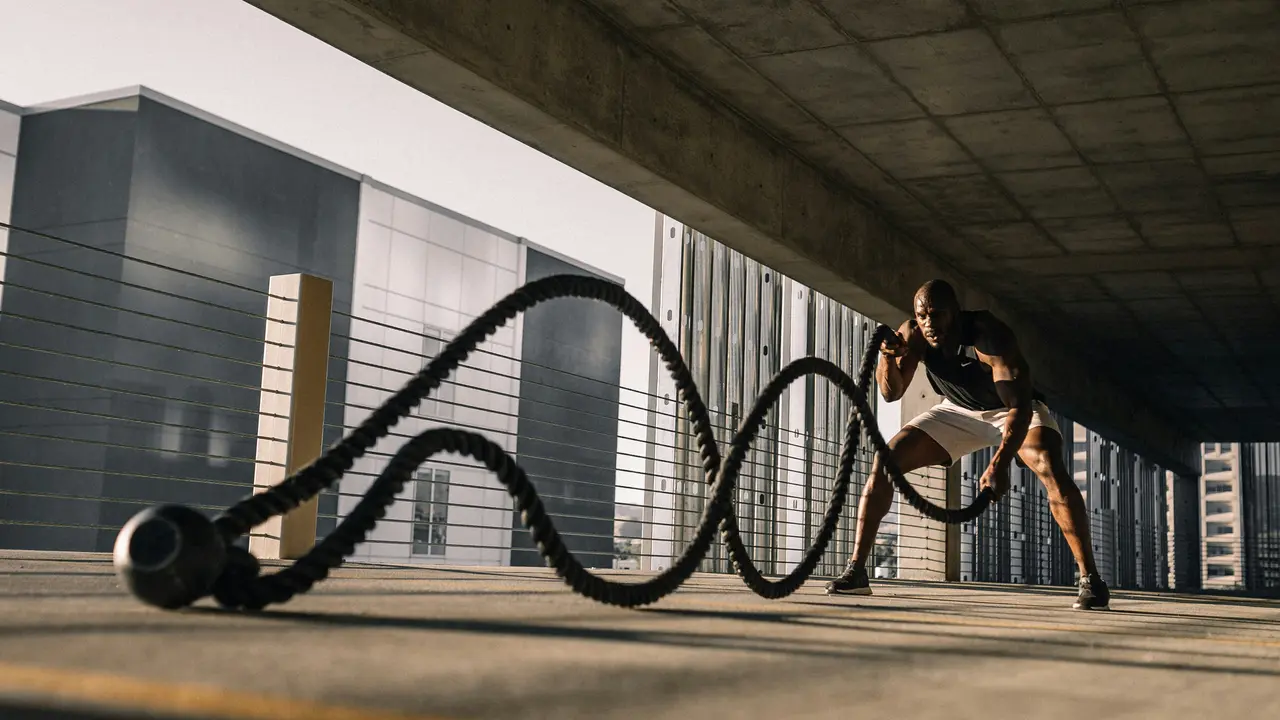Experiencing soreness after a workout? You’re not alone, and many fitness enthusiasts grapple with the question: “should I workout with DOMS?” Delving into the intricacies of Delayed Onset Muscle Soreness (DOMS) can help you determine the best course of action for your fitness routine. In this article, we’ll explore the impact of DOMS on your performance, offering valuable insights and advice to navigate your workout schedule effectively.
Understanding DOMS: What Is It and How Does It Affect You?
Delayed Onset Muscle Soreness, commonly known as DOMS, typically sets in 24 to 48 hours after an intense workout, especially if you’ve pushed your body beyond its usual limits. This section will break down the causes and effects of DOMS.
Causes of DOMS
DOMS is primarily caused by micro-tears in the muscle fibers during exercise. These tears trigger inflammation and pain as the body starts to repair itself. Factors contributing to DOMS include:
- Intensity and duration of the workout
- Type of exercise (eccentric movements typically cause more soreness)
- Level of fitness (individuals new to exercise tend to experience more severe DOMS)
The Physiological Effects of DOMS
When overcoming DOMS, your body is in a state of recovery. Understanding this can help answer the question, “should I workout with DOMS?” Here are some physiological effects to consider:
- Temporary decrease in strength and performance
- Increased blood flow to the affected muscles helps with recovery
- Enhanced muscle growth in the long term as the body adapts
Should I Workout with DOMS? The Pros and Cons
Now that you understand what DOMS is, let’s delve into the advantages and disadvantages of working out while experiencing it. This is crucial to deciding whether to stay active or take a break.
Pros of Working Out with DOMS
There are legitimate reasons to continue your workout routine even when dealing with DOMS:
- Increased blood circulation, which can alleviate soreness.
- Maintaining your fitness regimen can prevent a halt in progress.
- Light, low-impact exercises can promote mobility and flexibility.
Cons of Working Out with DOMS
On the flip side, there are several considerations that might suggest taking a step back:
- Risk of aggravating the soreness, potentially leading to injury.
- Pain may limit your range of motion, affecting your workout quality.
- Some exercises may not be feasible, limiting workout intensity.
How to Manage DOMS Effectively
If you’ve decided to workout with DOMS, here are some effective strategies to manage soreness while still making progress.
Active Recovery Techniques
Active recovery can be beneficial for alleviating symptoms of DOMS. Consider incorporating:
- Light aerobic exercises, such as walking or cycling.
- Gentle stretching to improve flexibility without straining the muscles.
- Foam rolling to release tension in sore muscles.
Proper Nutrition and Hydration
Fueling your body correctly during this time is critical. Adequate nutrition can aid in muscle repair and recovery:
- Incorporate protein-rich foods to assist muscle recovery.
- Stay hydrated to support overall bodily functions.
- Consider anti-inflammatory foods like berries and leafy greens.
Listening to Your Body: When to Rest
Understanding when to take a break is essential in managing DOMS effectively. Here are some signs that may indicate it’s time to rest:
- Severe pain that limits movement or daily activities.
- Persistent soreness that doesn’t improve over time.
- Increased fatigue during regular activities or workouts.
Rest and Recovery Importance
Resting is as crucial as training. Schedule recovery days to allow your muscles to rebuild and grow stronger. Remember, taking a day off can lead to better long-term results compared to pushing through pain.
Conclusion
In summary, the question “should I workout with DOMS?” depends on several factors, including the severity of your soreness, the type of workout, and your overall fitness goals. While light activities can be beneficial, it’s vital to listen to your body and understand when to prioritize recovery. Don’t hesitate to adjust your routine and ensure you maintain a healthy balance between challenging yourself and allowing time for your body to heal. For further guidance on optimizing your fitness journey, consider checking out our related articles or sharing this one with your fitness community!
Workout – Recent Articles
- How Much Caffeine Is in Total War Pre Workout? Discover Now!
- Should You Do Yoga Before or After a Workout? Find Out!
- How Long After Lip Filler Can You Workout? Find Out Now!
- Why Do Muscles Burn During Workout? Uncover the Science!
- How to Remove Sweat Odor from Workout Clothes: 7 Proven Tips!
Workout – Useful Links
- CDC – Steps for Getting Started With Physical Activity
- Mayo Clinic – Fitness program: 5 steps to get started
- Healthline – How to Start Exercising: A Beginner’s Guide to Working Out
- Verywell Fit – Strength Training: A Beginner’s Guide to Getting Stronger
- ACE Fitness – Sticking to an Exercise Program: 25 Tips to Achieve Exercise Success
